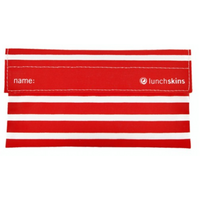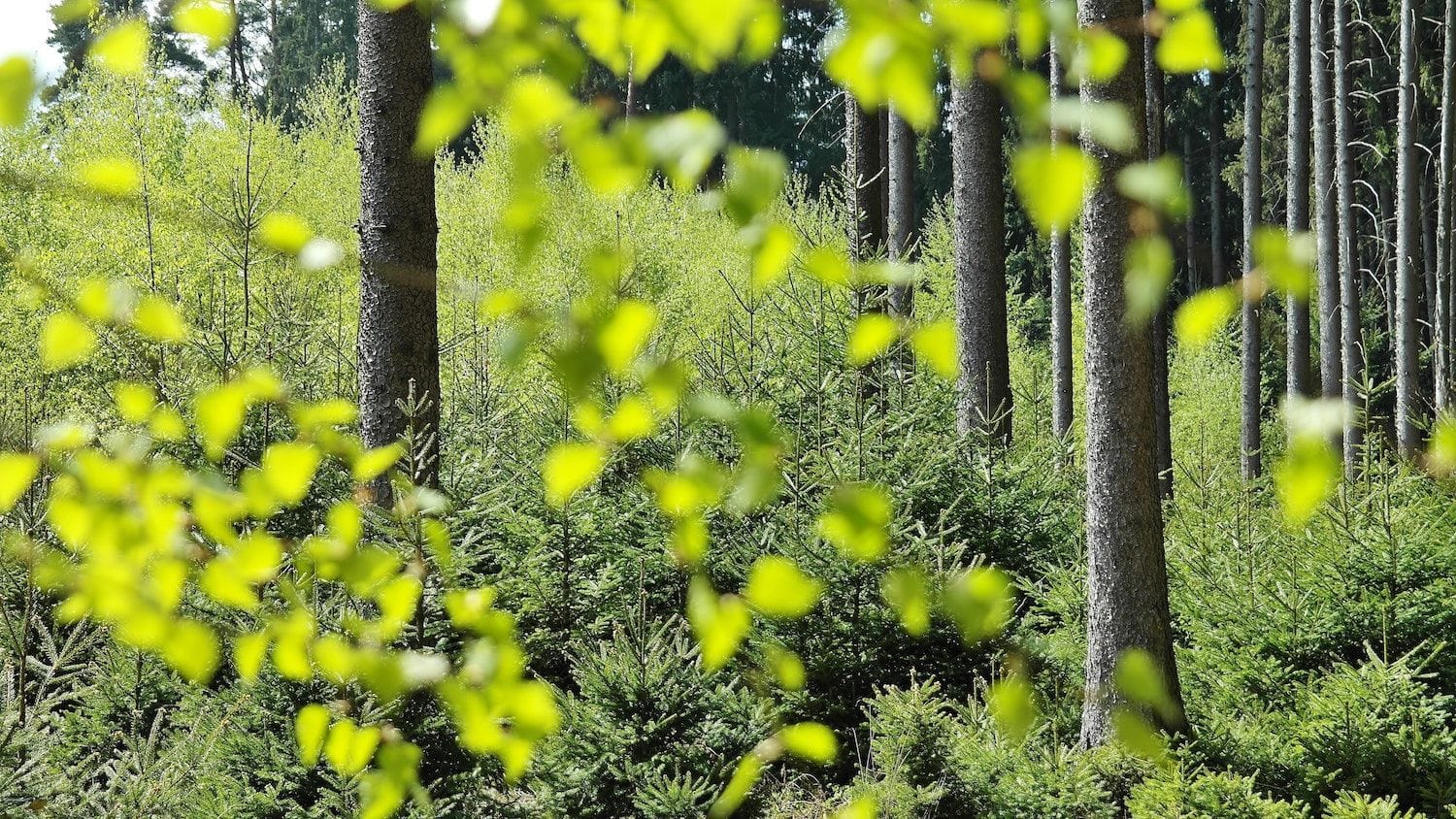We know we need to do our bit for the environment, especially as the UN has released a report saying we don’t have a tonne of time until we see a major shift in the increase of natural disasters due to climate change. While individually it feels like we can’t make a big difference, remember there are some things you can do as a consumer and make changes in your home and your day to day life that will make a difference (we promise). The great news is is that being green at home, can often be inexpensive, and you may even safe money.
At Home
Turn off the lights & turn down the heat
Remember when you were a kid and your mum/dad would complain about every little light being on? When I was a kid it was my dad that would be going around the house turning off the lights, turning down the heat and bemoaning about the cost of electricity.
Now that you’re a grownup, it’s your turn to sound like your mum/dad. Remind your kids to turn off lights, water when they’re not in use. Turn the lights off when you’re not in a room, and open the blinds and let the sunshine in!
If you’re like me and are perpetually cold, this sounds like torture, but turning down the heat in your home can make a difference. Turning down the heat at night, when you’re away, or if you’re home, throwing on a cardigan will save you money and make the earth happy.
Recycle
Reduce reuse recycle isn’t a new concept, but there’s a reason it’s stuck around… it works. Less garbage in the dumps, less trees being cut for paper and don’t we all want less “stuff.”
Here’s the crux, it’s easier to have a minimalistic lifestyle pre-kids. Once you add kids into the mix “stuff” expands exponentially. Having kids means adding a whole new dimension of gear into your life. It’s not just the high chairs, and the diapers. Kids and their “stuff” last well into their teens. Let’s be honest, if the nerf guns keep them happy and occupied, who are we to say no? There are other ways to get around being thrifty and earth friendly.
If you’re recycling the items in your house make sure you know the rules. Each municipality has their own guidelines around what is able to be processed in your local facilities.
Edmonton: Garbage/Recycling Information.
Calgary: Recycling Program
Red Deer: Garbage and Recycling
Fort McMurray: Garbage pick up and Recycling
Lethbridge: Recycling
Clothing Swaps
Clothing swaps, hand-me-downs, requesting experiences over presents for birthdays or Chrismas are simple (yeay for simple) ways to avoid buying even more stuff.
Not sure how a clothing swap works? We wrote about how to host one here.
On The Go
Water Bottles
If you managed to see us on Global Morning Calgary for Servus Credit Union in the summer of 2018, you would’ve seen Nicola wax lyrical on water bottles.
I hate paying for bottled water when you’re out and about, and thus I make sure we don’t leave the house without a reusable water bottle. While it yes saves you money (three kids & three water bottles at $2 adds up), it also helps reduce plastic in the environment. In a recent study Nestle, Tim Hortons and Pepsi are the worst plastic polluters in Canada! All those water bottles, it drives me nuts.
Reusable Lunch Kits
I’m all about the reusable lunch containers for school, in fact, many schools around Alberta are considered “litterless” meaning they encourage students to bring their lunches in containers that can be reused. Whether it’s Tupperware, bento boxes, reusing snack bags, every little bit helps.
In our house, I LOVE using Lunchskins snack bags. They are dishwasher and washing machine safe (yes!!) and can be used for both wet and dry snacks. We’ve put fish crackers, cucumbers, apple slices, you name it in there. They’re not watertight, so best not use them with water, puddings or jello. I have so much guilt around saran wrap and have been looking into a product called Abeego, but it’s not cheap. Have you tried Abeego?

Another thing to do, if you’re not already, is trying to get into the habit of bringing your own bags for grocery shopping. It seems like a small thing to do, but it took me ages to get into the habit of remembering them. The best thing about the bags is that I no longer have 50 thousand Save On Foods bags in my pantry weighing on my guilt. Once you’ve mastered remembering your reusable bags, the next step to green your grocery store visits is reusable produce bags, which are actually better for your food than the plastic ones you get at the store.

There are up to a gazillion things we can do each and every day to lessen the burden on the environment, these are just a few. The great thing about reducing your footprint on the earth is that it’s often less expensive than the alternative, and while there are some elements that are more expensive (buying produce bags) there are cheaper alternatives, you just need to get creative.
What are you doing to go a little greener in your home?
This post contains affiliate links.
